Oak and Teak glue, the all wood glue, is a two part epoxy resin made largely from the resins of wood itself. That is why it can dissolve the natural oils of oily hardwoods such as Teak, Cocobolo and Ebony. Epoxy glues made from petrochemicals cannot bond these oily woods properly.
Oak and Teak Epoxy Wood Glue will of course bond all non oily hardwoods and softwoods that lesser epoxies are also capable of gluing. Oak and Teak Epoxy Wood Glue is unaffected by the natural acids common to many woods, which is why it bonds Oak so readily.
It will also (with proper chemical surface preparation) glue a wide variety of metals(instructions here) or glue plastic materials(instructions here).
You can also glue:
- Glass. Clean the surface with an alkaline solution such as caustic soda (sodium hydroxide) or aqueous ammonia. These are nasty so wear rubber gloves. The glue should bond to the clean surface that results.
- Rubbers:
- Silicone (sanitary sealant, fishtank glue, rtv gasket sealant etc – very flexible). It won’t glue this.
- Neoprene and other ‘black’ rubbers. Sand with rough sandpaper and you should get a bond. Moulded rubbers should be assumed to have residual mould release wax on them, and may require more sanding.
The cured adhesive is completely waterproof and weatherproof.
Oak and Teak epoxy glue uses Smith and Co’s Dual Synergistic Catalyst™. This is a breakthrough in the control of epoxy resin curing. This new technology not only gives a long working time but also cures twice as fast as older-technology products. Furthermore it won’t smoke off in your mixing pot like other brands.
The cured adhesive leaves an unobtrusive glue line and sands back easily. It is a translucent orange in colour.
Oak and Teak Epoxy manufacture in the UK
We are (July 2025) in the advanced stages of manufacturing and packaging this product in the UK. Whilst this will not give availability of the product for months, it will offer us good availability, fully EU / REACH compliant packaging and metric sizes (1, 2 and 10 Litre kits) when we have this capability. In the meantime we have also ordered a supply of Oak and teak from America, in Imperial cans. This will land in August 2025 we hope. We should have Oak and Teak in metric sizes available for purchase from late August 2025.
Features Of Oak And Teak Epoxy Wood Glue
- Great for gluing particularly resinous woods which are notoriously hard to bond to reliably
- The resin is as flexible as wood once set
- 1 to 1 mix ratio by volume and is forgiving of minor mix disparities. If mixing by weight use 10 parts A to 12 parts B by weight.
- 2-hour pot life at 21°C / 70°F, full cure in 24 hrs
- Workable and curable below freezing (-2 °C / 28°F, 8 days cure)
- Extremely tough
- Usable over a very wide temperature range
How To Use Oak And Teak Epoxy Wood Glue
Preparation
- Measure the Oak and Teak Epoxy wood glue out. It is a 1:1 mix ratio, so very easy to get right. It is also very forgiving of mix ratio errors. 10 parts A to 12 parts B if measured by weight
- Mix the Oak and Teak epoxy thoroughly, all two part adhesives require very thorough mixing to set properly. Our glue mixing sticks may be of interest to you here. Wait around ten minutes until the mixed glue turns from white to amber before using it
Application
- Never clean the surfaces with solvents even if you are gluing very oily wood such as Cocobolo or Teak. The wood absorbs these solvents which interferes with the penetration of the glue. Ultimately this will weaken the resulting joint. Oils contained naturally in the wood do not affect Oak and Teak Epoxy. This is a major advantage over our competitor products, which require the use of solvents that inevitably reduce joint strength
- Apply the Oak and Teak epoxy to both surfaces of the joint. Now allow the wood to soak up as much as it wants to. End grain and porous woods such as the edges of plywood will soak up more. Scarf and Butt joints are especially prone to soaking up glue because of their end grain surfaces.
- Allow the wood to soak up the adhesive, deep penetration gives strong joints. This stops the joint being starved of glue after assembly as the wood soaks the glue up then. Oak and Teak Epoxy has a long working time, you do not have to rush this stage
- Clamp the joint using moderate pressure. The use of too much pressure will starve the joint of glue and weaken the joint
Finishing
- Clean any excess glue from the joint area with paper towels. Avoid the use of solvents if you can as they can penetrate the wood and weaken the joint. If you must use solvents, use our Epoxy Clean Up Solvent sparingly
- Allow the glue to harden before stressing the joint. All Smiths Epoxy resins use their Dual Synergistic Catalyst™. This ensures a full dependable cure at temperatures as low as -2° C (28° F)
- Oak and teak epoxy dries to a translucent pale orange. It is easy to sand and leaves very inconspicuous glue lines once finished. Oak and Teak Epoxy resin will fill gaps in joints.
Cleaning Up
Our Epoxy Cleanup Solvent will dissolve and clean up excess Oak and Teak Epoxy Glue before it has gelled. Once cured, there is no clean-up solvent.
Shelf Life of Oak and Teak Wood Glue
In the original sealed containers shelf life of Smiths Oak and Teak Epoxy Gluewill exceed five years. Ideal conditions are stable temperatures and a dry environment.
If stored in cold conditions the B part will age by crystallisation. This is reversible by gentle heating to melt the crystals and allowing the glue to cool slowly. There are details of how to do this in this article on decrystallising epoxy resins.
We have performed accelerated-aging of the plastic bottles containing the chemical ingredients. The manufacturer is confident they will be mechanically stable for three to five years, stored under ambient conditions.
Absorption of the natural atmospheric moisture causes lumps to form in Part A.
Plastic bottles allow moisture diffusion through the walls which eventually allows this to happen. The bottles themselves can buckle or crack after 5 to 10 years. The syringes are rather more durable, because of the thicker walls and the different kind of plastic.
The seal becomes uncertain once any container has been opened. For that reason we recommend the product be used within twelve months from opening the container.
If the glue does degrade it will still glue any common wood. However it’s ability to glue at full strength challenging oily or acidic woods will be compromised.
We use metal cans with metal inner-seals to package the larger sizes to maximize shelf and storage lives.
Authors Notes
I have spent the last 40+ years working with a large variety of adhesives on a large variety of materials. This is truly the most remarkably versatile adhesive that I think I have ever used. ‘Hyper Glue’ or some other such adjective would be a better name for it.
Do please try this adhesive if you ever make or repair stuff. You will find it an invaluable asset in your toolbox. It sets slowly and requires mixing, but offers permanent waterproof bonds to so many materials.
Please read the comprehensive instructions that are between the two cans or within the outer packaging before use.
If you are buying a pack of 950ml or above, supplied in tins, please give serious consideration to also purchasing a squeezy bottle pack. It is easy to refill squeezy bottles from the tins, and is far easier to dispense small quantities from them.
When dispensing larger quantities mixing by weight is easiest and only requires a modern cheap set of digital kitchen scales. Mix by proportion 10 parts A : 12 parts B.
More Information
Gluing wood with Epoxy Resins?
Oily hardwoods – How to glue them?
Product Review – Guitar Maker March 2015
How much glue do I need? Calculator page
What woods can I glue with Oak and teak Epoxy Resin?
Safety Precautions
All epoxy resins can cause skin sensitisation. Wear suitable protective equipment.
The safety data sheets are available under the MSDS tab on this page.

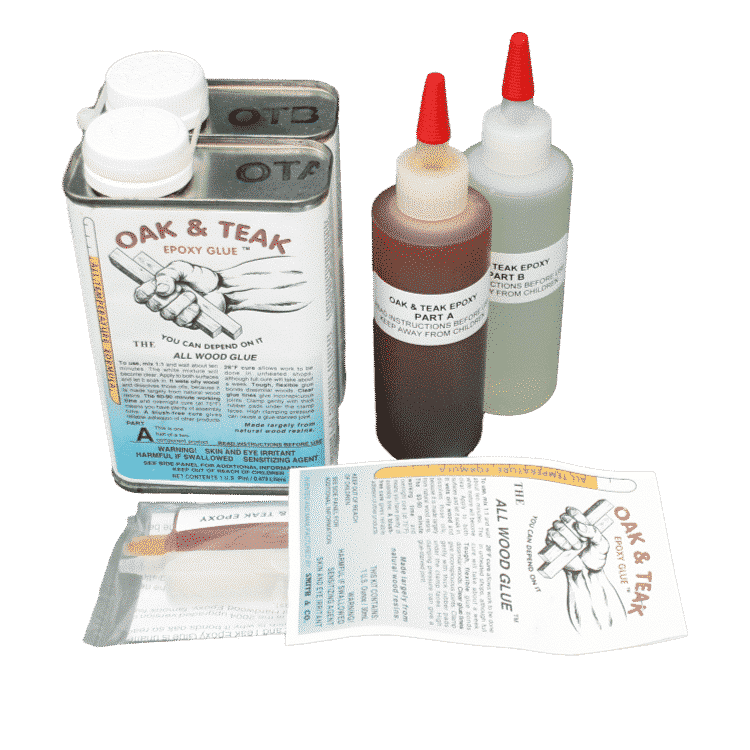
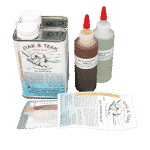
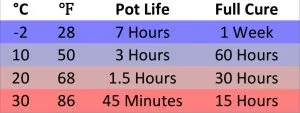
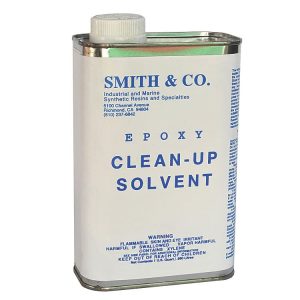
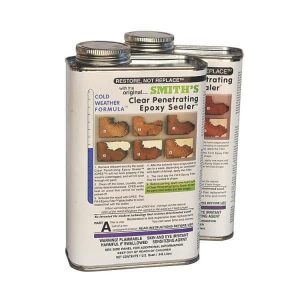

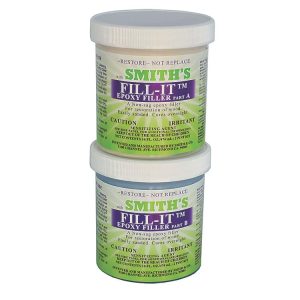
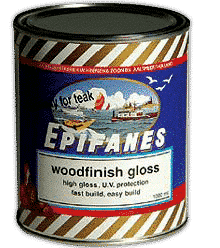
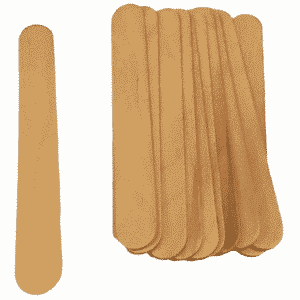
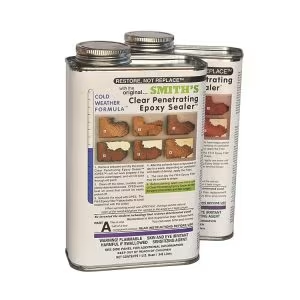

Rory Cowan (verified owner) –
I built a memorial bench from Iroko and needed to make sure that it would be durable. Accordingly the Mortise and Tenon joints were secured using ‘Oak and Teak’ and then doweled. It’s a really solid bench which frankly is likely to outlast the family of the deceased. The bench is to be finished with Deks Olje No 1 and I am assured that it will be treated with the same each year. Happy with that.
Stephen Dakin –
Submitted by MWG on behalf of Mark Williams
‘Just to let you know that I used the Oak & Teak Epoxy on the framing for a glass display case I made from teak; the framing was handmade 10x10mm stock, with mitred corners and mortise/tenon joints linking four verticals with the top and bottom frames. I would sum it up in two words – absolutely marvellous.
Far superior to Cascamite or any other epoxy that I have used before, easy to use and to clean up excess from joints when clamped up without staining the wood. The long adjustment time for an epoxy glue made the whole job so much easier without the pressure of a very limited time for assembly and clamping.
Thanks and Regards,
Mark Williams’
asrobi (verified owner) –
1915 Steering Wheel Fixed. The steering wheel of my 1915 Model T Ford is made from two semi circular pieces with comb/finger joints. Both joints were dry, loose and miss-aligned. I had no idea what the wood was so needed a glue that could cope with anything. After two years of pondering I discovered the Oak and Teak epoxy and found the description very credible.
Both joins were carefully cleaned and deglazed with 60 grit Aluminium Oxide paper, and fettled until fitting smoothly, then blown off with compressed air. The epoxy was applied to each surface with a small piece of wood, then left for 20 minutes to soak in. Joins were assembled, aligned and lightly held together in the Workmate, with a couple of G clamps working side to side over the comb joint. Then left for 60 hours.
The end result looks good, now back on the car and will get a good test on the London to Brighton classic car run on 2nd June.
The great thing about this product is that it gives you plenty of time to get the alignment right, which is always a bit of a compromise with bits like mine.